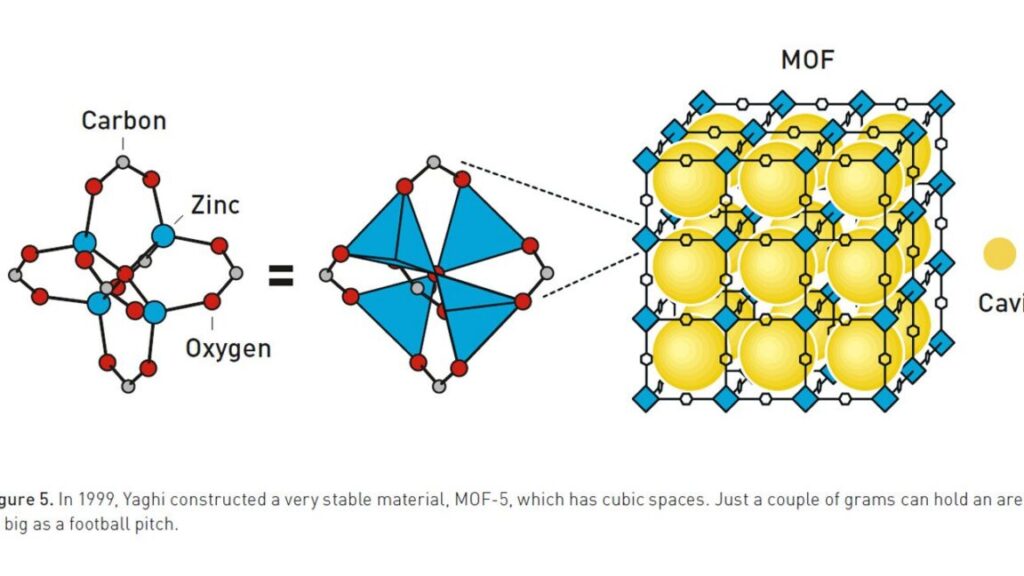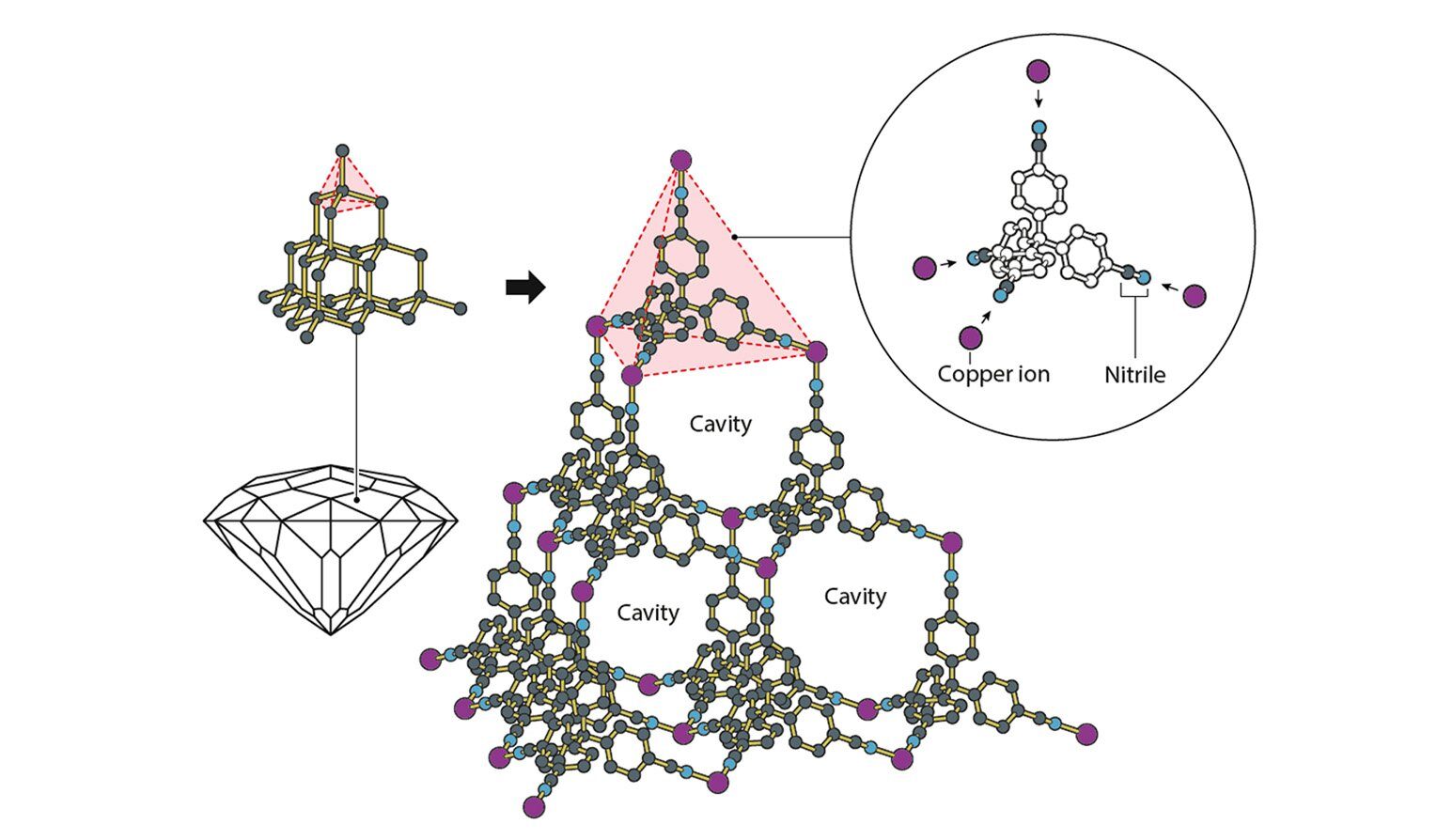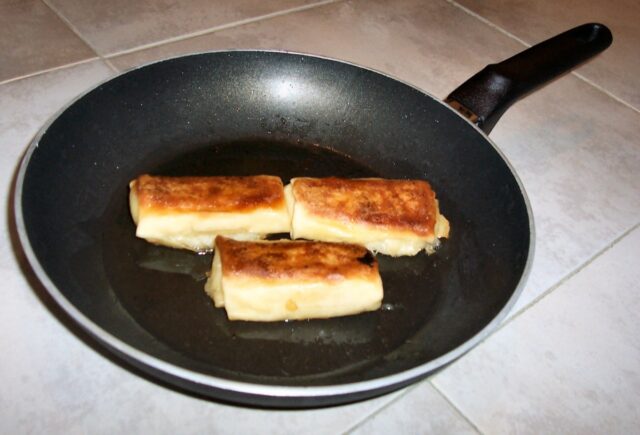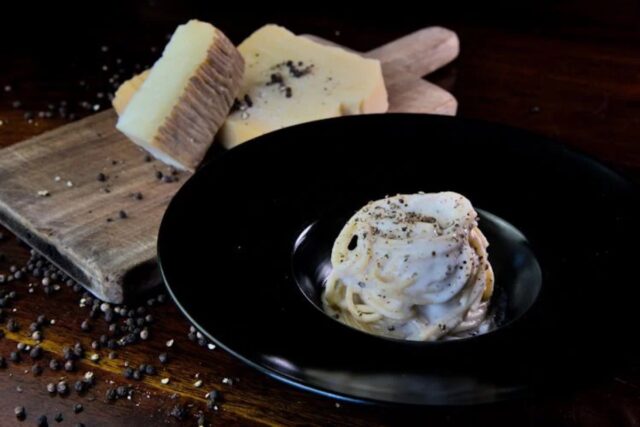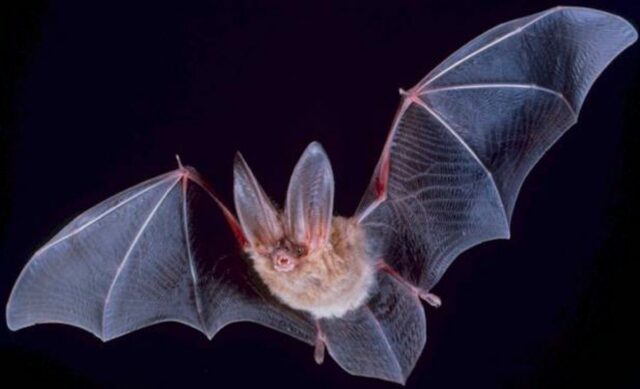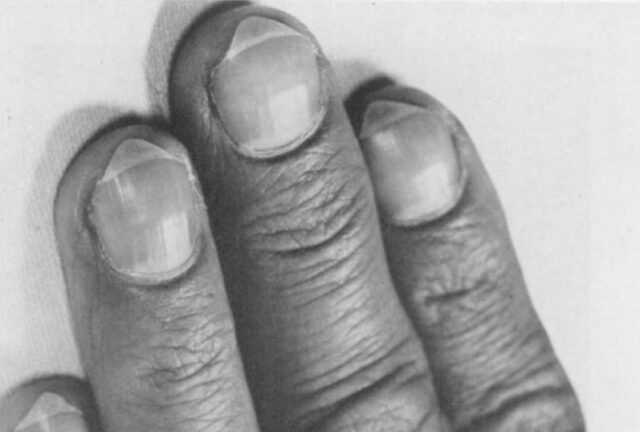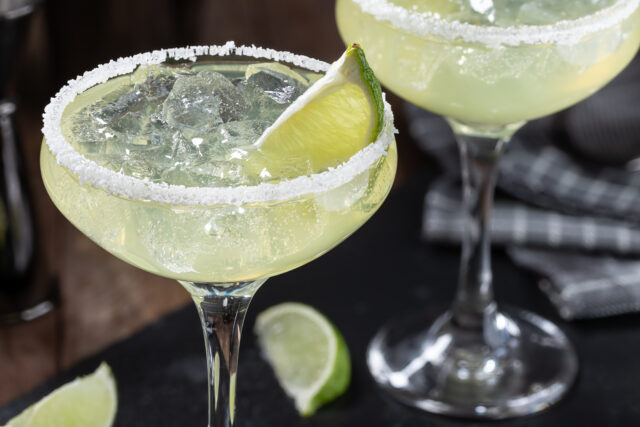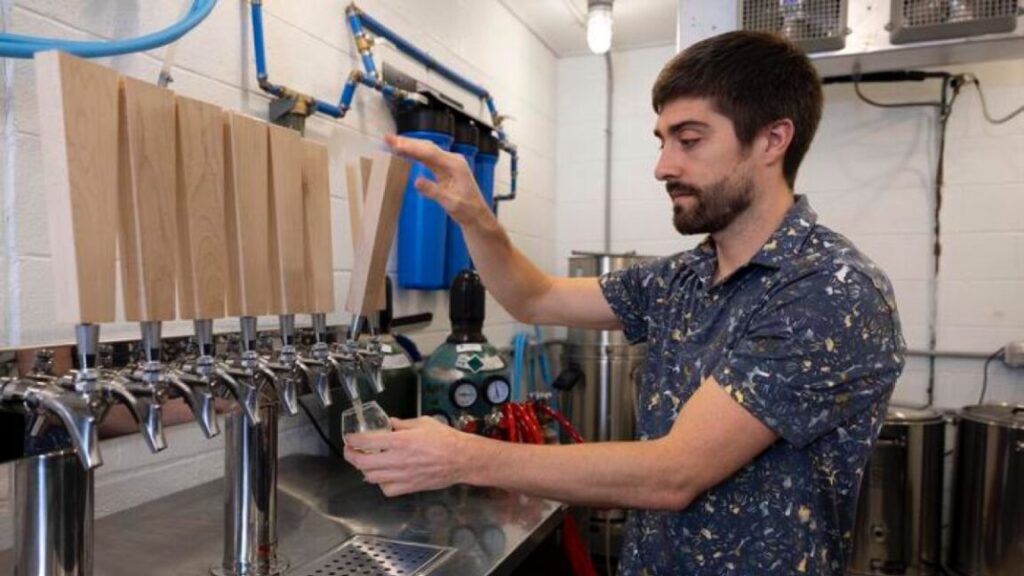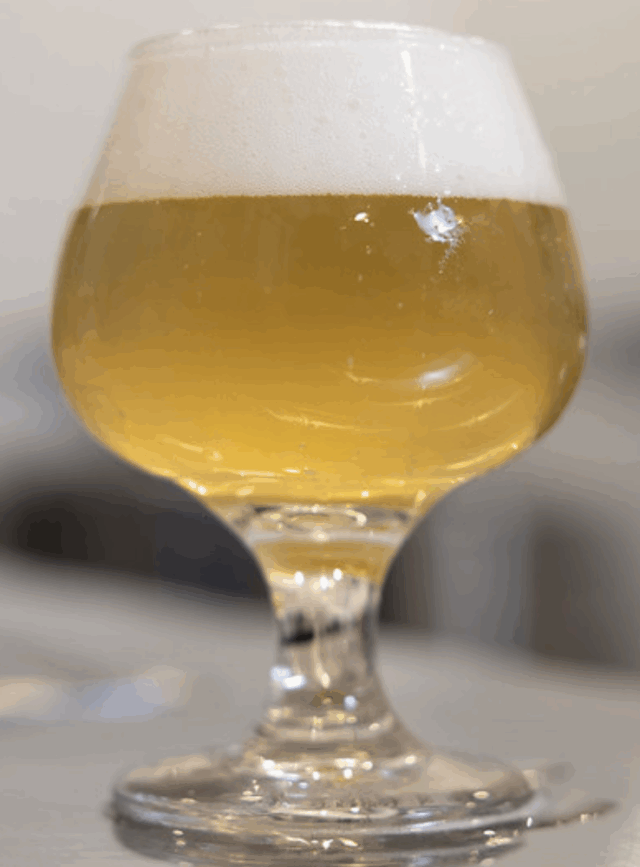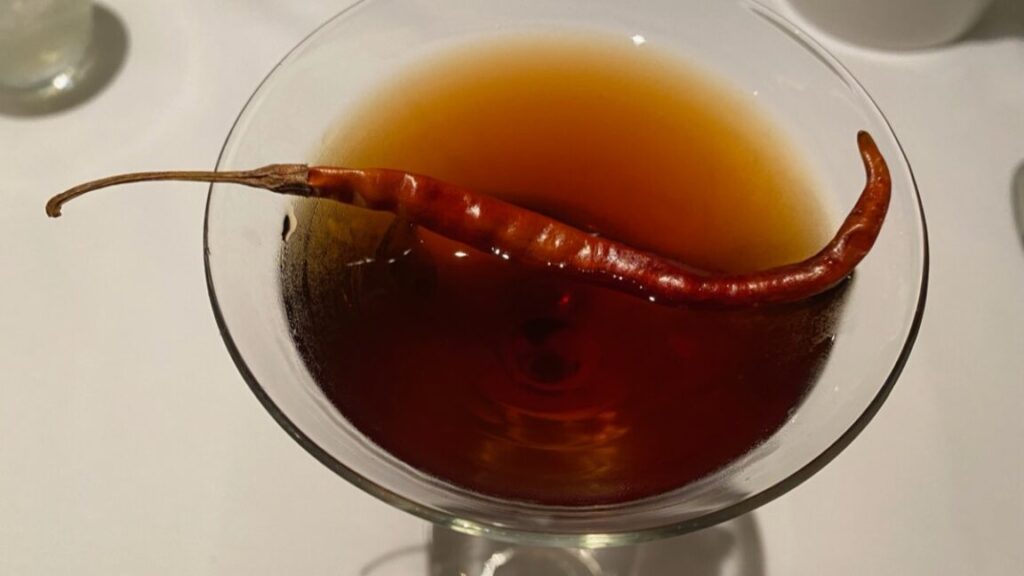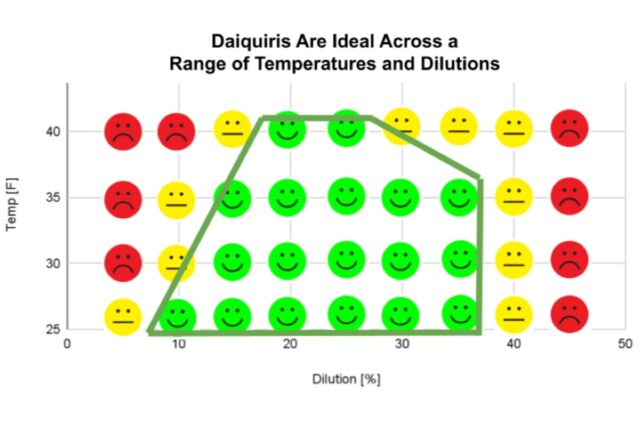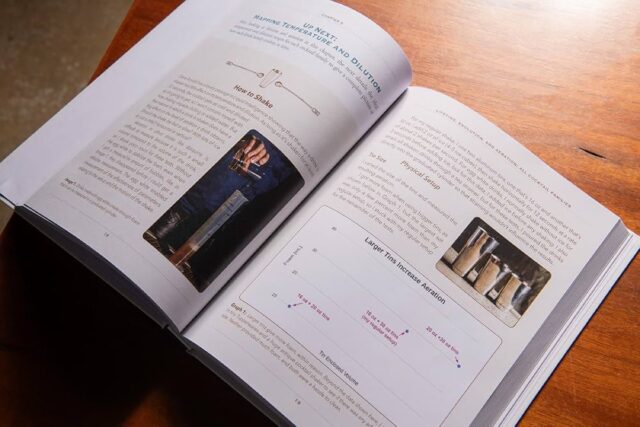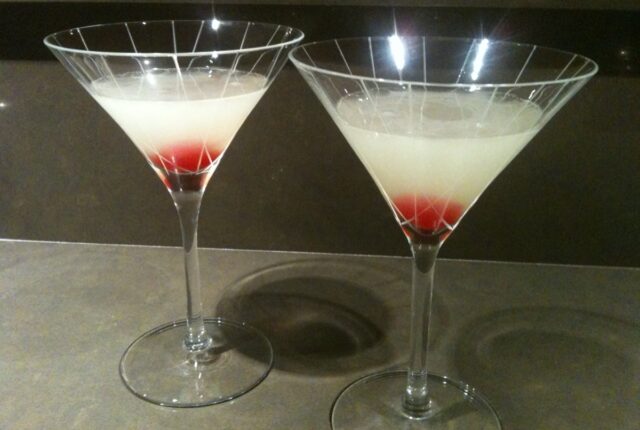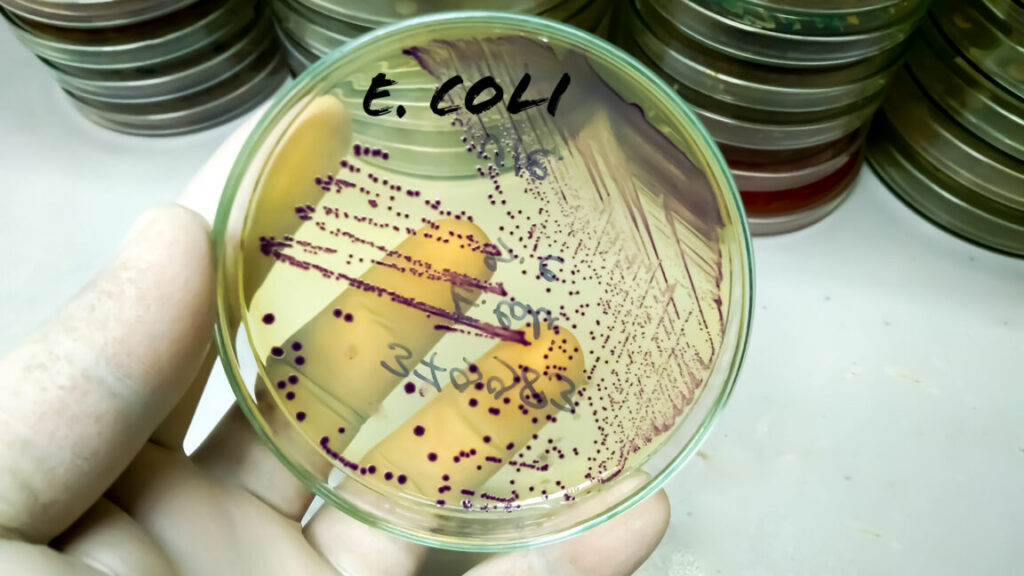Ancient Egyptians likely used opiates regularly
Scientists have found traces of ancient opiates in the residue lining an Egyptian alabaster vase, indicating that opiate use was woven into the fabric of the culture. And the Egyptians didn’t just indulge occasionally: according to a paper published in the Journal of Eastern Mediterranean Archaeology, opiate use may have been a fixture of daily life.
In recent years, archaeologists have been applying the tools of pharmacology to excavated artifacts in collections around the world. As previously reported, there is ample evidence that humans in many cultures throughout history used various hallucinogenic substances in religious ceremonies or shamanic rituals. That includes not just ancient Egypt but also ancient Greek, Vedic, Maya, Inca, and Aztec cultures. The Urarina people who live in the Peruvian Amazon Basin still use a psychoactive brew called ayahuasca in their rituals, and Westerners seeking their own brand of enlightenment have also been known to participate.
For instance, in 2023, David Tanasi, of the University of South Florida, posted a preprint on his preliminary analysis of a ceremonial mug decorated with the head of Bes, a popular deity believed to confer protection on households, especially mothers and children. After collecting sample residues from the vessel, Tanasi applied various techniques—including proteomic and genetic analyses and synchrotron radiation-based Fourier-transform infrared microspectroscopy—to characterize the residues.
Tanasi found traces of Syrian rue, whose seeds are known to have hallucinogenic properties that can induce dream-like visions, per the authors, thanks to its production of the alkaloids harmine and harmaline. There were also traces of blue water lily, which contains a psychoactive alkaloid that acts as a sedative, as well as a fermented alcoholic concoction containing yeasts, wheat, sesame seeds, fruit (possibly grapes), honey, and, um, “human fluids”: possibly breast milk, oral or vaginal mucus, and blood. A follow-up 2024 study confirmed those results and also found traces of pine nuts or Mediterranean pine oil; licorice; tartaric acid salts that were likely part of the aforementioned alcoholic concoction; and traces of spider flowers known to have medicinal properties.
Ancient Egyptians likely used opiates regularly Read More »




